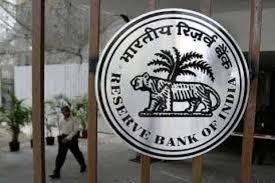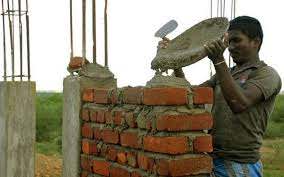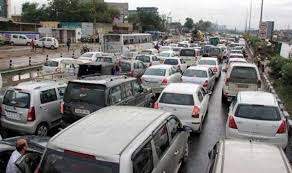
The Reserve Bank of India has dedicated a chapter on the “State of the economy”. The idea is to provide a monthly snapshot of some of the key indicators of India’s economic health.
Daily Current Affairs Quiz 2020
Key-Points
And the very first “nowcast” predicts that India’s economy will contract by 8.6% in the second quarter (July, August, September) of the current financial year.
While this pace of contraction is considerably slower than the 23.9% decline in the real gross domestic product (GDP) during the first quarter, the contraction of Q2 is crucial because it implies India that has entered a “technical recession” in the first half of 2020-21— for the first time in its history.
Recessionary phase: A recessionary phase is the counterpart of an expansionary phase. i.e. When the overall output of goods and services — typically measured by the GDP — increases from one quarter (or month) to another, the economy is said to be in an expansionary phase.And when the GDP contracts from one quarter to another, the economy is said to be in a recessionary phase.
Recession: When a recessionary phase sustains for long enough, it is called a recession. In other words, when the GDP contracts for a long enough period, the economy is said to be in a recession. During a recession, a significant decline in economic activity spreads across the economy and can last from a few months to more than a year.
Technical recession: To get around these empirical technicalities, commentators often consider a recession to be in progress when real GDP has declined for at least two consecutive quarters.





